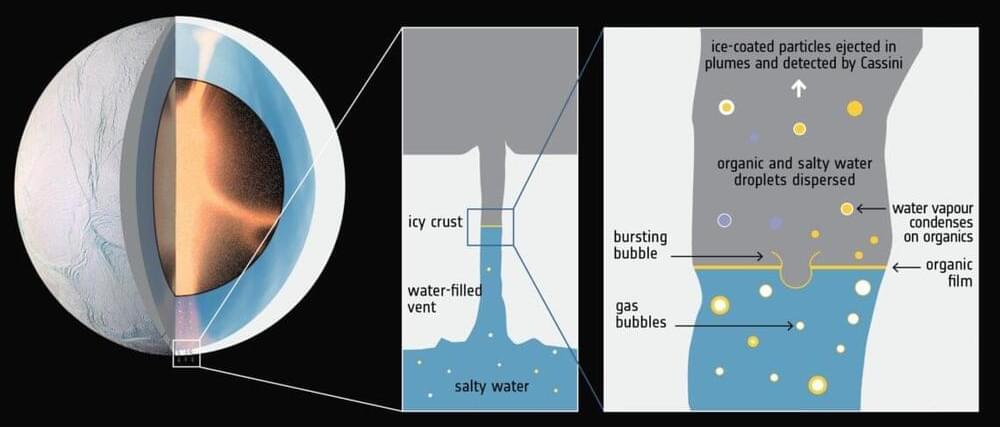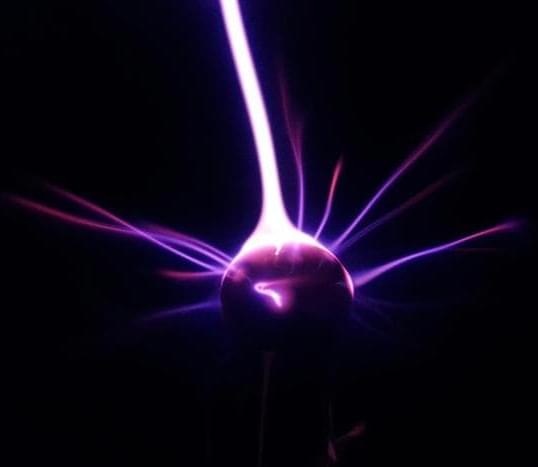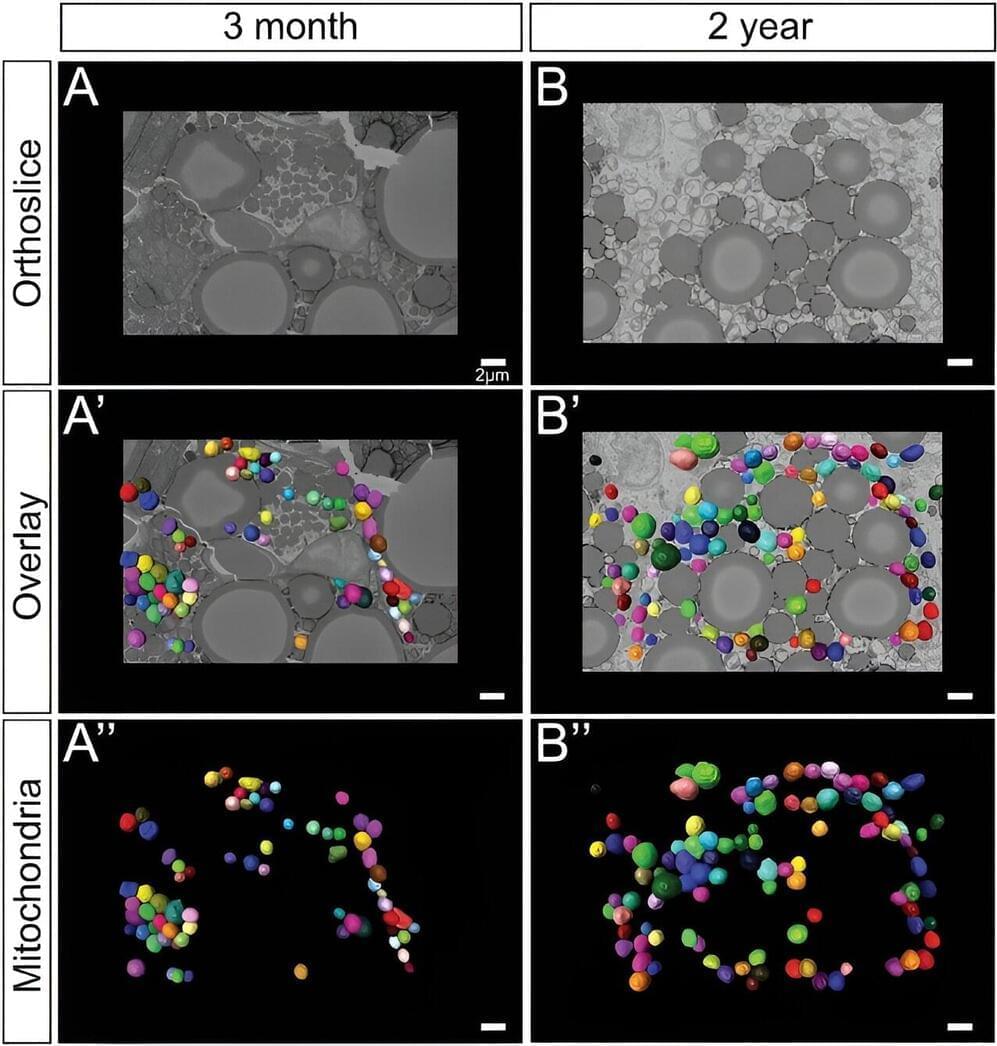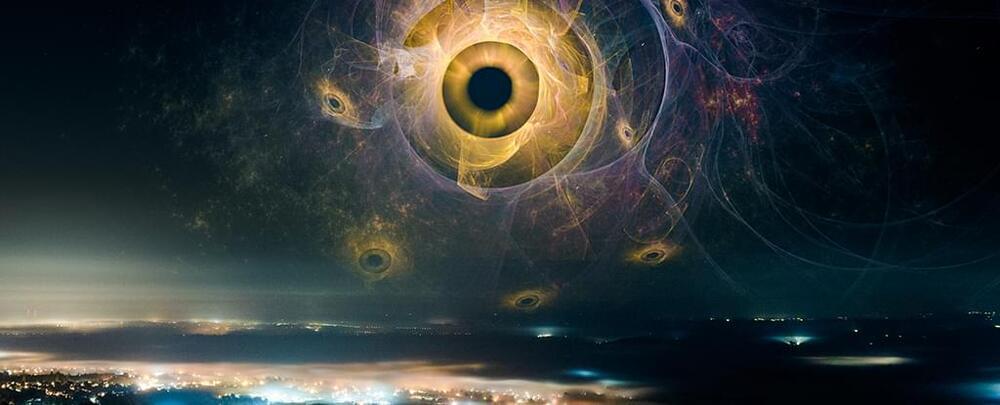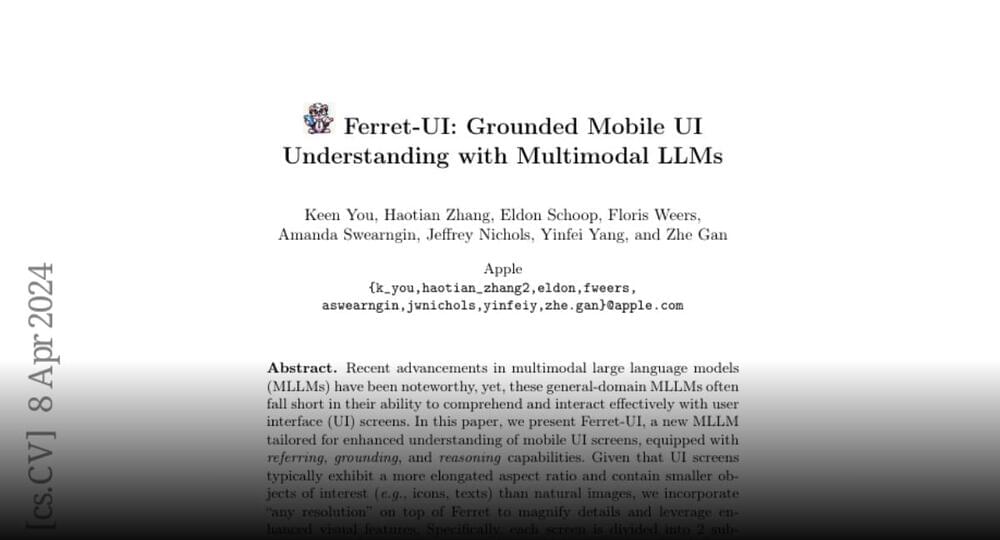GMA provides economic and litigation support to companies and U.S. government agencies, including the U.S. Department of Justice, bringing civil litigation. According to its data breach notice, GMA told affected individuals that their personal information “was obtained by the U.S. Department of Justice (“DOJ”) as part of a civil litigation matter” supported by GMA.
The reasons and target of the DOJ’s civil litigation are not known. A spokesperson for the Justice Department did not respond to a request for comment.
GMA said that individuals notified of the data breach are “not the subject of this investigation or the associated litigation matters,” and that the cyberattack “does not impact your current Medicare benefits or coverage.”




